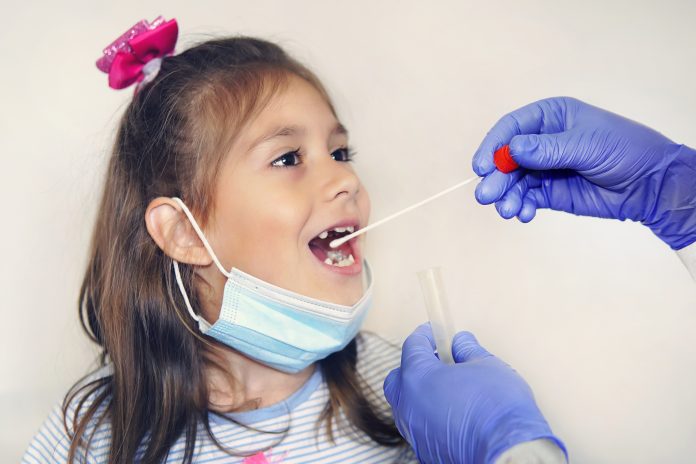Abdullah Sabyah, Founder and CEO of Rightangled, discusses the need to overhaul the government’s approach to coronavirus testing in schools and explores how home-based private testing can ensure children continue to receive the education they need
It’s no secret that since the start of the pandemic, the UK have been behind the curve with COVID-19 testing. Even with mass testing now available, cracks have appeared in the system, where many locations have run out of tests and families have been forced to travel miles to even access one.
What’s more, with schools refusing entry to children with even the slightest symptoms of a common cold, parents have been faced with no choice but to lean on the NHS testing system to obtain the evidence needed for their child to return to the classroom.
For millions of children, this upheaval to their education follows a six-month period of isolation, resulting in charities, like Childline, reporting a vast increase in inbound calls from children suffering with their mental health as a result of lockdown restrictions.
The bottom line is, children need to be in school and even though the Government has thankfully factored this into their three-tier lockdown system, there needs to be a change in both mindset and logistics for how children exposed to the COVID-19 virus are managed.
NHS tests for COVID-19 only
As it stands, the UK can currently provide up to 300,000 COVID-19 tests per day, and according to data, a vast percentage of these during the first few weeks of September were taken up by children denied access to school, either as a result of influenza type symptoms or due to exposure to another COVID-19 case.
With parents driven by proving a negative result, the NHS system wouldn’t have faced this level of overwhelm if used solely for those suffering with clear coronavirus symptoms, particularly if alternative rules and testing measures were in place for school children.
According to Public Health England, the family members of children in self-isolation can continue to go work and siblings from other year groups can continue to go to school, until that particular child develops symptoms of COVID-19. It is, therefore, reasonable to argue that a viable alternative to this level of self-isolation could be home-based testing to provide the opportunity for pupils with a negative result to remain in school. For additional security, such tests could be issued to all peers once the COVID-19 case is confirmed and again at the seven-day mark, by which time the vast majority of COVID-19 cases have first reported symptoms. Aside from limiting self-isolation, this proposed method serves multiple purposes by keeping children in school and providing certainty as to whether they have or haven’t contracted COVID-19, whilst significantly reducing the strain on the NHS testing system.
Testing resources
In August 2020, it was announced that each school would be supplied with ten COVID-19 home testing kits for children and teachers unable to access them. With accelerating numbers, it’s likely that the majority of schools – particularly those in the North – would’ve already ran out of this resource.
With no promise of replacements, both state and independent schools either have the option of holding no testing kits on the premises or looking to alternative measures, which is where bulk-bought home-based testing kits prove valuable.
Granted, current PHE guidelines dictate that a school bubble has to self-isolate with one positive COVID-19 case, yet this doesn’t apply to staff. As two COVID-19 cases are considered an outbreak, schools also have the option to choose their response with just one case, which is where mass home-based testing could play a pivotal role in enabling children to stay in school, all with the assurance of a confirmed result – rather than the ‘wait and see’ approach.
Ultimately, the NHS has done an incredible job at supporting the UK through COVID-19. But due to the current level of overwhelm and rising cases across the country, it should only be used by those physically unwell with COVID symptoms as opposed to those looking to prove they are COVID-free. The latter can be confirmed by home-based testing, as long as purchased from a reputable, NHS backed provider.











